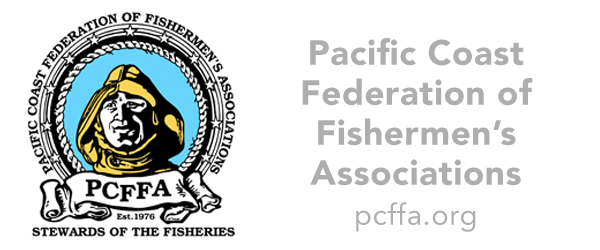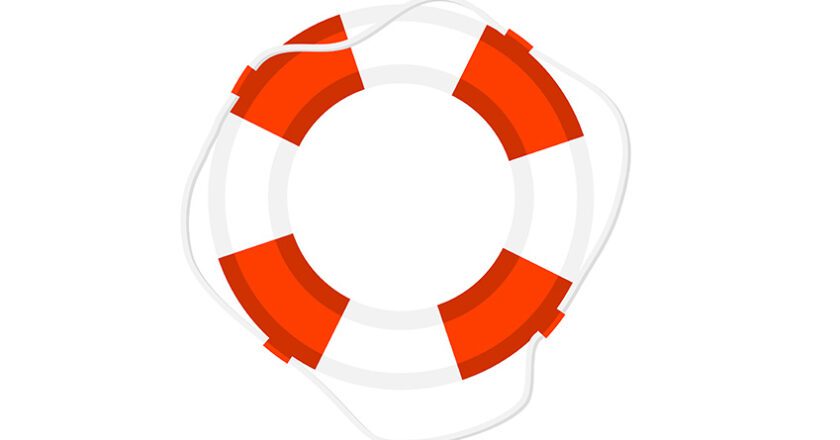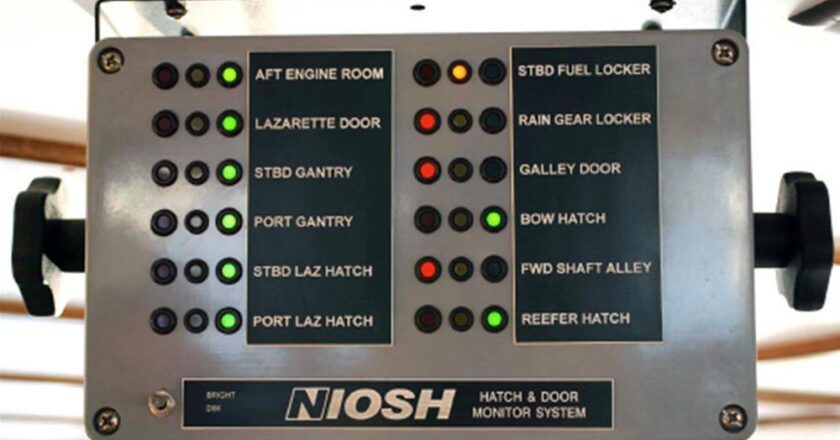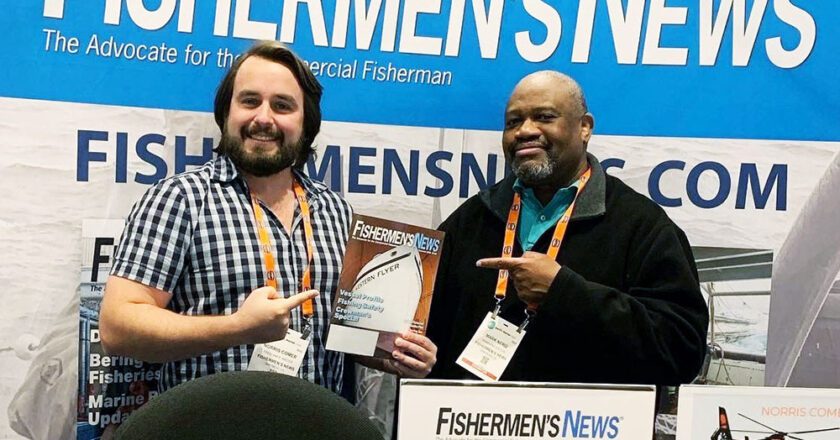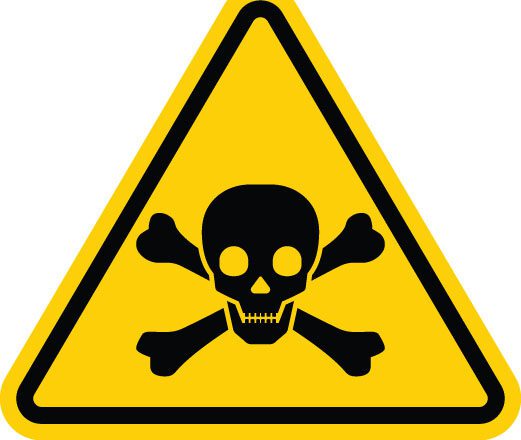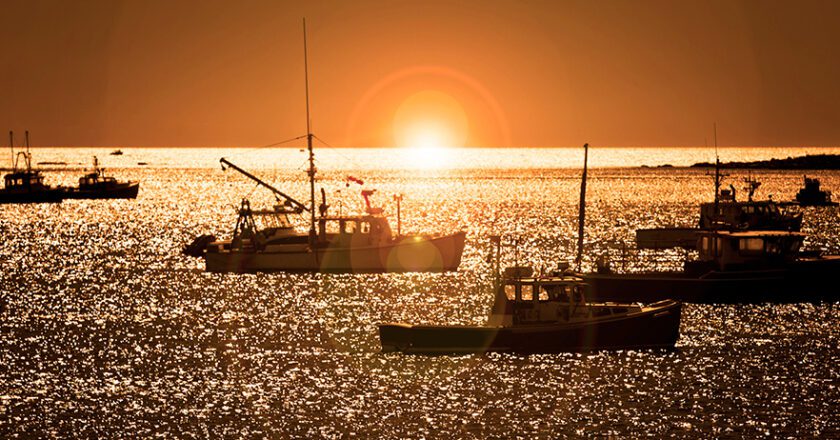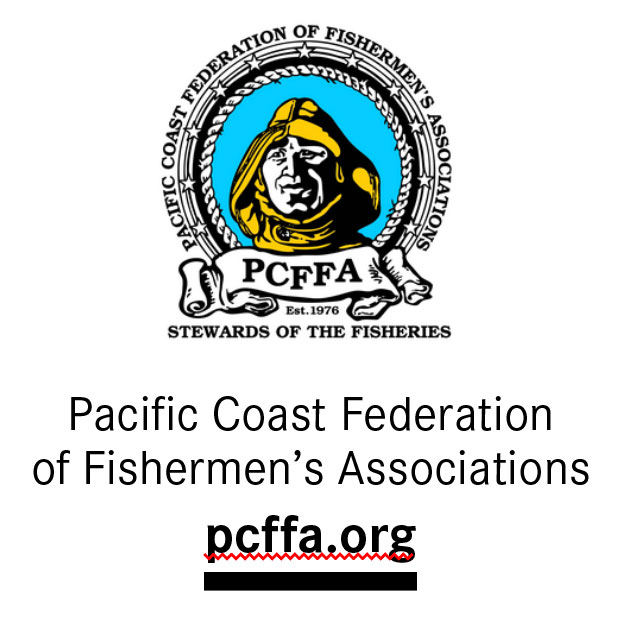NOAA’s National Seafood Strategy
Oddly, until now there had never been an overarching U.S. national seafood strategy to guide federal policies that affect our seafood industry. To NOAA’s credit, this changed in August 2023 with the publication of the first-ever NOAA Fisheries National Seafood Strategy.
This article takes a closer look at the strategy, what it means and how it might best be implemented. Goals and quotes below are from the document itself.
Goal 1: Maintain or Increase Sustainable U.S. Wild Capture Production
“Fisheries Science. Provide the natural and social science necessary for fisheries management to adapt under changing ecosystem dynamics.”
Sustainable fisheries management must always be based on the best available science. Science-based fisheries management is also required by law (Magnuson-Steven...

